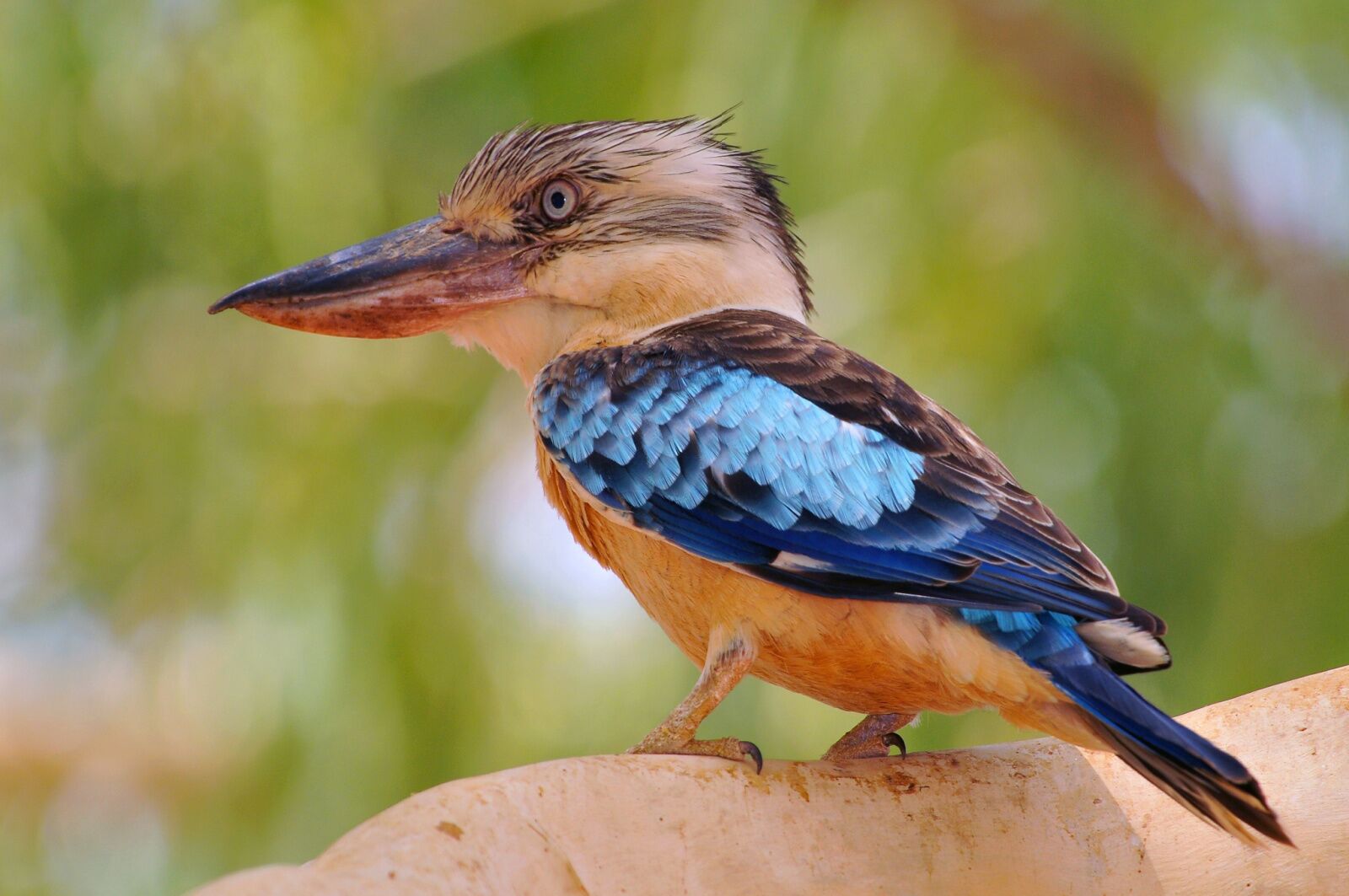Fauna in Kakadu National Park: Wildlife You Must See
Kakadu National Park, a UNESCO World Heritage site, is a veritable jewel in the Northern Territory of Australia. It spans over 19,000 square kilometers and boasts an impressive array of flora and fauna that is not only unique to the region but is also emblematic of Australia’s natural heritage. This park’s diverse ecosystems, ranging from floodplains and wetlands to rugged escarpments and woodlands, provide sanctuary for countless species, some of which are critically endangered. This article embarks on a comprehensive exploration of the fascinating fauna that resides within Kakadu’s borders, detailing the wildlife that nature enthusiasts and casual visitors alike must seek out during their visit.
Vibrant Avian Diversity
One of the most striking features of Kakadu National Park is its avian population. Birdwatchers are treated to an eclectic array of species, with over 280 bird species recorded in the area. Among the most iconic is the jabiru, or black-necked stork, which can often be seen wading gracefully through the wetland shallows. This magnificent bird, with its striking black and white plumage, stands over a meter tall and is easily recognizable.
Additionally, the park is home to the endangered orange-footed scrubfowl, which is noted for its unique nesting habits and rich vocalizations. Their elaborate burrow nests, made of mounds of decaying vegetation, can often be located along the park’s forested areas. Birding enthusiasts might also spot the vibrant red-tailed black cockatoo, flaunting its striking plumage against the lush foliage.
Furthermore, the wetlands are bustling with life during the migratory seasons as countless species from the northern hemispheres return, transforming the park into a birdwatcher’s paradise. This seasonal influx not only enriches the ecosystem but allows visitors to glimpse an extraordinary variety of feathered wonders, making Kakadu an essential stop for both novice and seasoned ornithologists.
Marvelous Mammal Encounters
Kakadu National Park is not just a haven for birds; it also serves as a critical habitat for a multitude of mammals. Among the more elusive and intriguing species is the northern brushtailed possum, which can often be seen at dusk foraging for food. This nocturnal marsupial is characterized by its fluffy tail and curious demeanor, making it a beloved sight among visitors. Opt for a night tour to increase your chances of spotting this quaint creature as it ventures from its tree hollows.
The park also hosts large populations of wallabies and kangaroos, including the agile wallaby and the iconic red kangaroo. These charismatic animals are often spotted grazing in the early morning or late afternoon, providing perfect opportunities for avid wildlife photographers to capture stunning images against the breathtaking backdrop of the park’s scenery.
Reptilian Residents
In addition to its mammals and birds, Kakadu is home to a plethora of reptilian species, which can often be found sunning themselves along the banks of billabongs or hidden within the underbrush. The freshwater crocodile, which inhabits the park’s waterways, is a magnificent creature that warrants caution but also reverence. While often described as a relaxed observer, this reptile can exhibit sudden bursts of speed, so maintaining a respectful distance is crucial.
Furthermore, the park hosts a variety of snake species, including the impressive black-headed python, known for its docile demeanor and distinctive markings. Encountering such reptiles in their natural habitat can enhance the wilderness experience, but the possibility of spotting more dangerous species, such as the venomous taipan, should remind visitors of the inherent unpredictability of nature.
Conclusion: A Nature Lover’s Paradise
In summary, Kakadu National Park is a microcosm of ecological diversity, offering an unparalleled opportunity to encounter wildlife that captures the heart and imagination. From the incredible variety of avian residents and the delightful mammals that play hide and seek among the trees to the fascinating reptiles that coexist in this rich ecosystem, the park serves as a potent reminder of the intrinsic value of conservation. As such, it stands as a testament to the enduring bond between humans and nature. For those who traverse its trails, the rewards of witnessing the myriad creatures that call Kakadu home are truly life-affirming experiences, enriching our understanding of the delicate interconnections that sustain our planet’s biodiversity.
You May Also Like
Best Fish to Catch in Australia: A Guide for Anglers
Australia boasts an extraordinary diversity of fish species, making it …
Emily Bay Norfolk Island: A Hidden Gem in the Pacific
Emily Bay, a picturesque enclave nestled on the sun-kissed shores of …
Holidays on August 23: Global Festivities & Observances
August 23 is a date that carries a bouquet of cultural significance …





